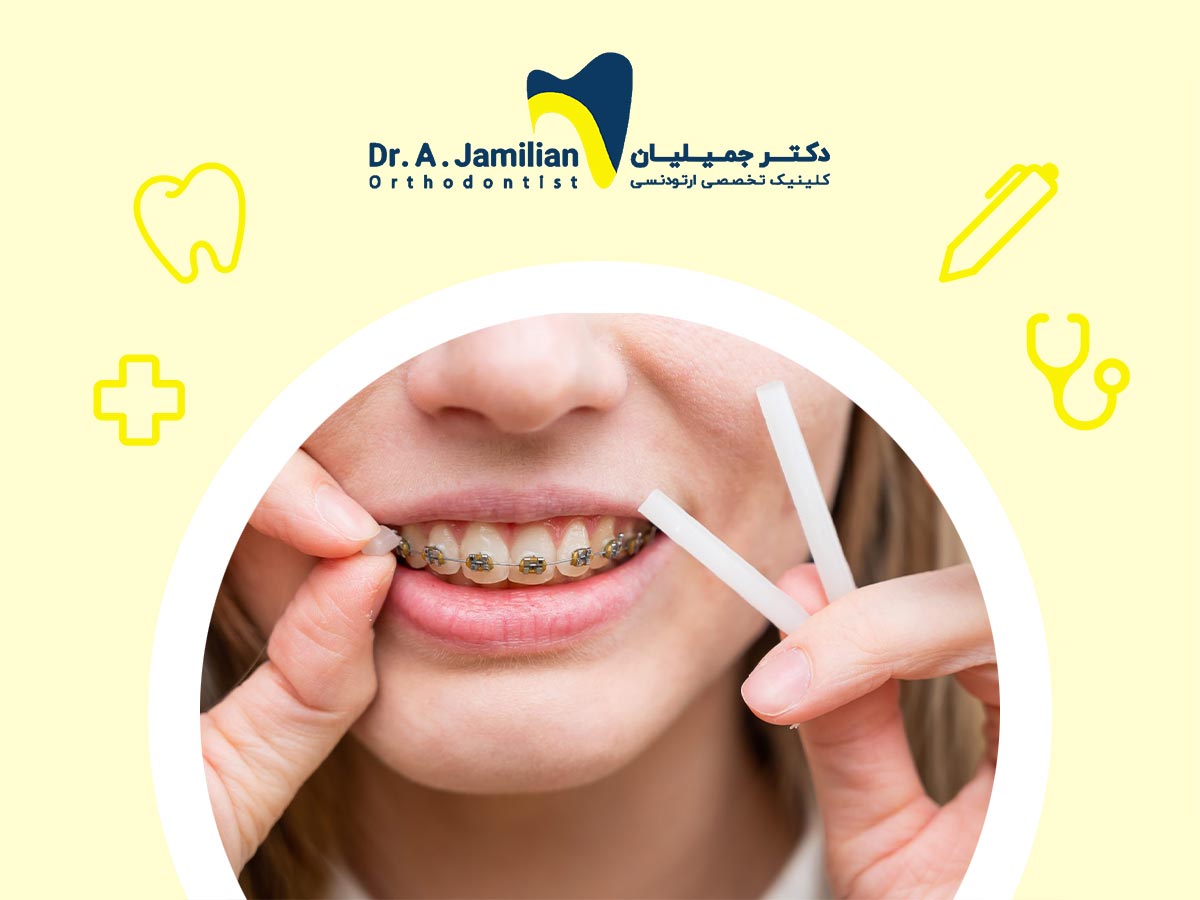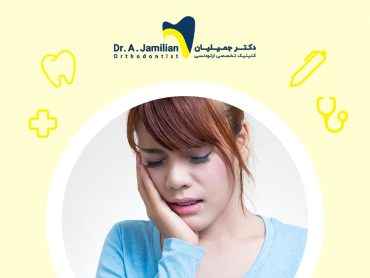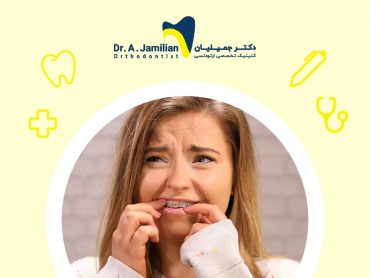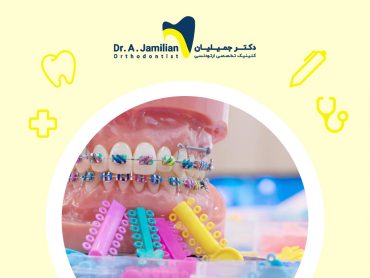An immense amount of patients find orthodontic treatment annoying due to the use of foreign materials and items. For many patients these include: wires, hooks, brackets, etc. These are able to cause oral complications including aphthous stomatitis, gingival ulcers, and sensitive gums. However, using orthodontic wax may mitigate these oral and dental complications.
What Is Orthodontic Wax?
Orthodontic wax is made from natural nontoxic and harmless substances (they are fully friendly to the human body). They are often made from materials such as beeswax or paraffin. These substances are used for patients who suffer from ulcers or discomfort due to the presence of fixed orthodontic appliances in their mouths. Orthodontic wax also prevents orthodontic appliances from reaching oral tissues and causing any ulcers or sensitivity.
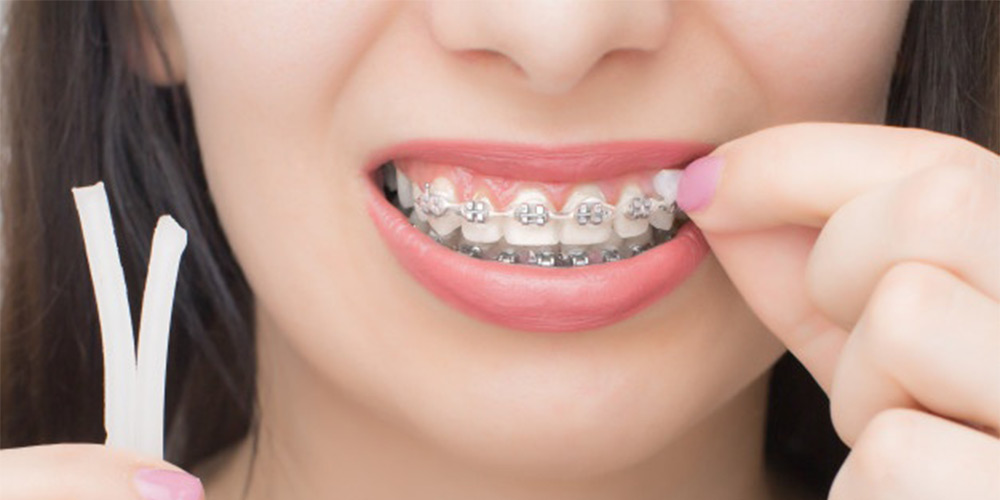
Application and Prescription of Orthodontic Wax
In early stages of orthodontic treatment, blisters or ulcers might appear on gums and other areas of the mouth due to the placement of a foreign body (including the components of orthodontic appliances) in the mouth. In this situation, an orthodontist prescribes orthodontic wax for a patient. The wax is placed on the orthodontic brackets to prevent wires and brackets from harming the mouth in any way. The orthodontic wax is used as long as the outer layers of the mouth become accustomed and resistant to the presence of the orthodontic appliances. As the skin inside the mouth becomes stiff and resistant, brackets do no harm to the mouth; therefore, it will be not be necessary to use the orthodontic wax.
How to Use Orthodontic Wax
Before using orthodontic wax, wash your hands with water and soap for 20 seconds to prevent any bacteria from going into your mouth. Patient’s should also brush their teeth gently and then dry them with a clean pad. Bacteria increases the incidence of ulcers and blisters in the mouth. Take out a small piece of wax from the box and roll it between your fingers for a few seconds to make it round. It should be large enough to completely cover the sharp points of brackets or the parts that would harm the mouth. Finally, use your index finger to put the wax on a part of a bracket that causes an ulcer in the mouth and push it. Repeat the same procedure for the other tooth/teeth.
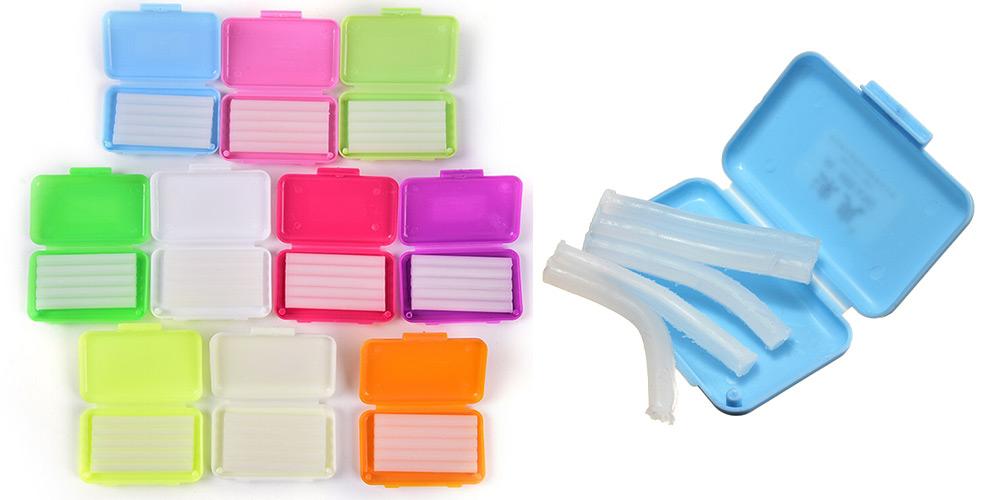
How to Clean Orthodontic Wax
You may use toothpicks, interdental brushes, or dental floss to clean orthodontic wax. Patient’s may also remove the wax from brackets with their fingers. It’s important to wash your hands properly first and then remove the wax from brackets gently with your fingers. If you don’t remove the wax, it will gradually come off.
How to Use Orthodontic Wax and Its Applications FAQ
Orthodontic wax is made from natural, nontoxic, and edible substances. If it is swallowed accidentally by patients, nothing serious will happen.
If you need to use the orthodontic wax but fail to find any, you can use sugar-free chewing gum. Smooth it and place it on brackets. It is possible to use the orthodontic silicone or candle wax, which can be considered good alternatives.
Yes. You can clean the wax before brushing your teeth and then put the wax back on the orthodontic brackets after drying your teeth.
No. The orthodontic wax comes off when the patient is eating food. Thus, patients must clean the wax before eating food and then put the pieces of wax back on brackets after brushing and cleaning the teeth.
